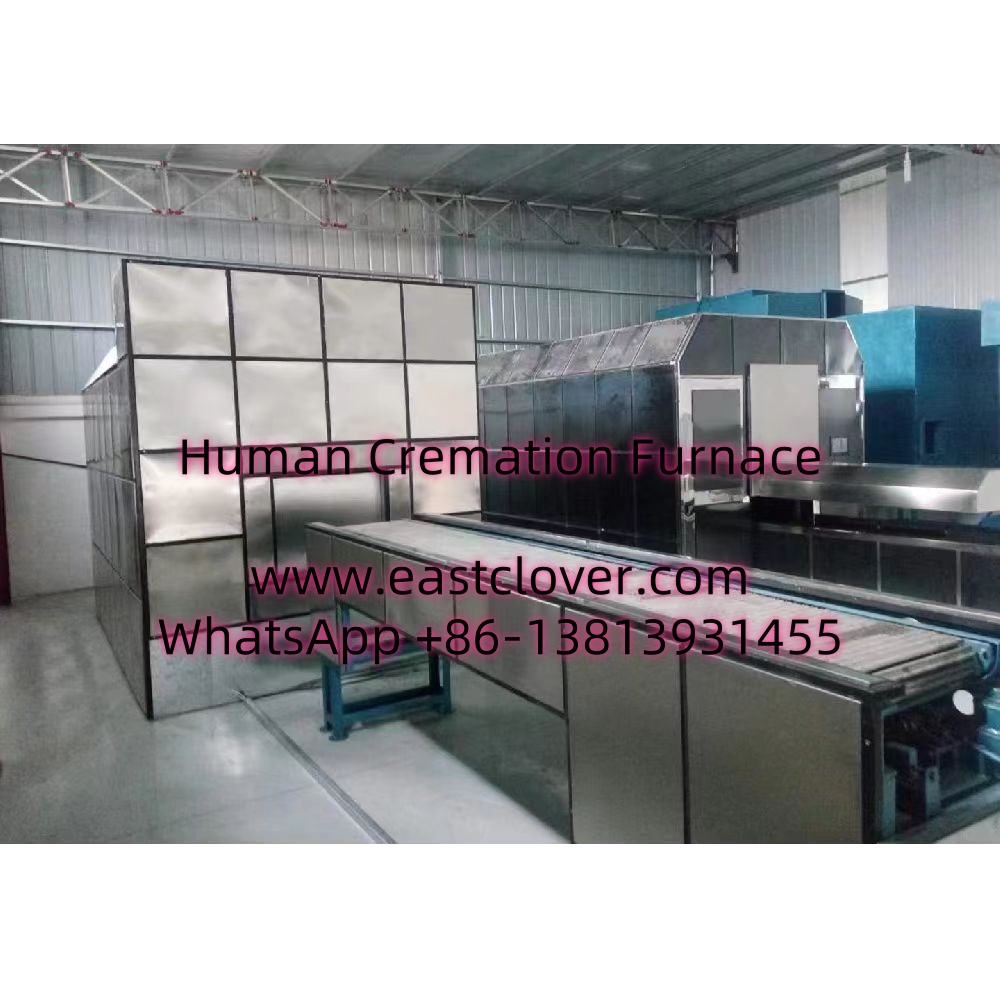Introduction
Asia, the world’s most disaster-prone continent, faces frequent earthquakes, cyclones, floods, and tsunamis. In the aftermath of such crises, managing mass fatalities becomes a critical challenge. Traditional methods of body disposal, such as burial or stationary cremation, often fall short due to infrastructure damage, overcrowding, or cultural constraints. Mobile cremation furnaces have emerged as a groundbreaking solution, offering rapid, dignified, and hygienic management of human remains during emergencies.
What Are Mobile Cremation Furnaces?
Mobile cremation furnaces are compact, portable units designed to operate in remote or disaster-affected areas. They integrate advanced combustion technology, emission control systems, and modular components for easy transport and assembly. Key features include:
- Portability: Mounted on trailers or shipping containers for rapid deployment.
- Fuel Efficiency: Use diesel, LPG, or biofuels to minimize resource consumption.
- Emission Controls: Filters and scrubbers reduce harmful particulates and gases.
- Scalability: Multiple units can operate simultaneously to handle large-scale casualties.
Importance in Disaster Relief
In crisis zones, delays in body management can exacerbate public health risks, including the spread of pathogens. Mobile cremation furnaces address this by:
- Preventing Disease Outbreaks: Rapid cremation reduces the risk of contamination from decomposing remains.
- Respecting Cultural Norms: In regions like India and Nepal, where cremation is a sacred practice, these units uphold traditions even amid chaos.
- Easing Logistical Burdens: They bypass the need for large burial sites or intact infrastructure.
Case Studies
Nepal (2015 Earthquake): Over 9,000 fatalities overwhelmed Kathmandu’s cremation grounds. Mobile units were airlifted to remote villages, enabling communities to perform last rites locally.
India (COVID-19 Pandemic): During peak mortality phases, cities like Delhi deployed portable furnaces to manage the surge in deaths, reducing pressure on overwhelmed hospitals.
Indonesia (2018 Sulawesi Earthquake): Debris-blocked roads hindered traditional methods. Mobile units provided a decentralized approach to body disposal.
Challenges and Considerations
Despite their utility, mobile cremation furnaces face hurdles:
- Cultural Sensitivity: In Buddhist-majority regions like Myanmar, burial is preferred, requiring community consultation.
- Environmental Concerns: While cleaner than open pyres, emissions regulations and sustainable fuel sources remain critical.
- Operational Training: Disaster responders need technical expertise to manage and maintain equipment.
Future Prospects and Innovations
The next generation of mobile cremation technology focuses on:
- Solar-Powered Units: Reducing reliance on fossil fuels in off-grid areas.
- AI Integration: Sensors and automation to optimize combustion efficiency and emissions.
- Public-Private Partnerships: Collaboration between NGOs, governments, and tech firms to scale deployment.
www.southclover.com
Mobile cremation furnaces represent a paradigm shift in disaster response, merging humanitarian values with technological innovation. By addressing cultural, logistical, and health challenges, they offer a proactive solution for Asia’s increasingly volatile crisis landscape. As climate change intensifies natural disasters, such tools will be indispensable in safeguarding both the living and the dead.
Frequently Asked Questions
How do mobile cremation furnaces differ from traditional crematories?
They are designed for portability and rapid deployment, often using modular components and fuel-efficient systems tailored for disaster zones.
Are these furnaces environmentally sustainable?
Advanced models include emission filters and can run on biofuels, though further innovation is needed to achieve carbon neutrality.
How are cultural preferences accommodated?
Relief agencies collaborate with local leaders to ensure practices align with customs, whether through communal ceremonies or adaptable incineration processes.
What is the average cost of a mobile cremation furnace?
Units range from $50,000 to $200,000, depending on capacity and technology. Bulk procurement by governments can reduce costs.
Can these units operate without electricity?
Yes—many are designed for off-grid use, relying on diesel, LPG, or solar power.

Comments are closed